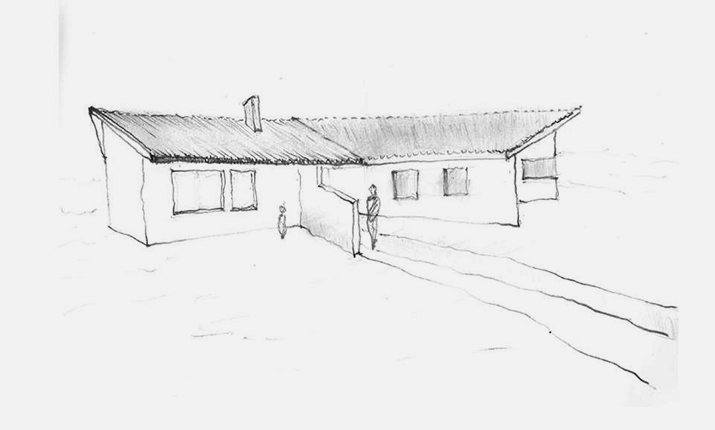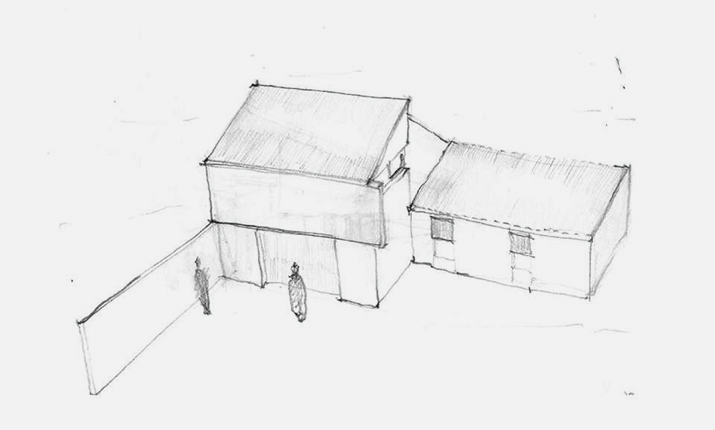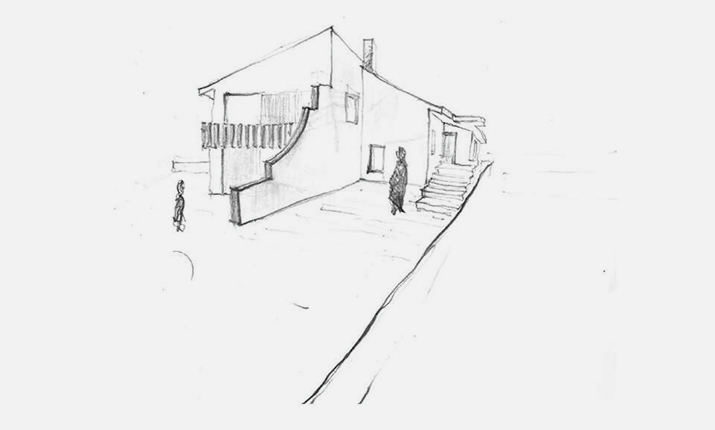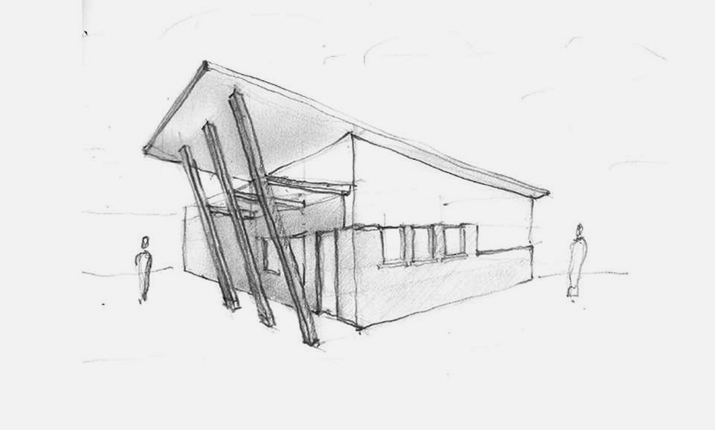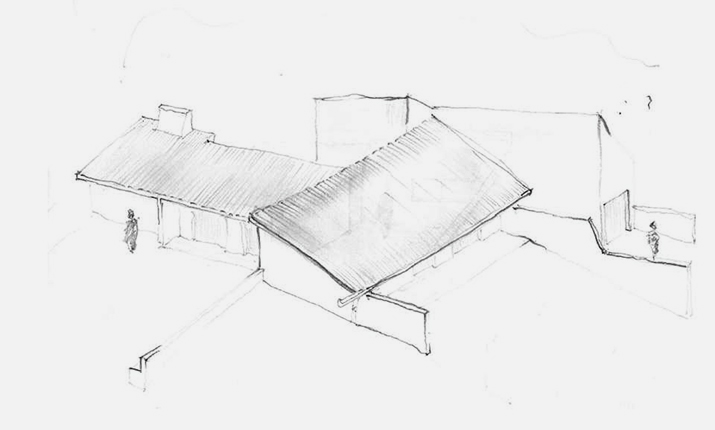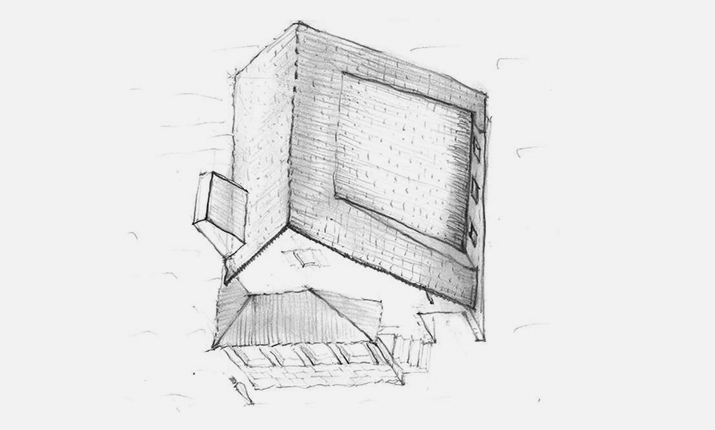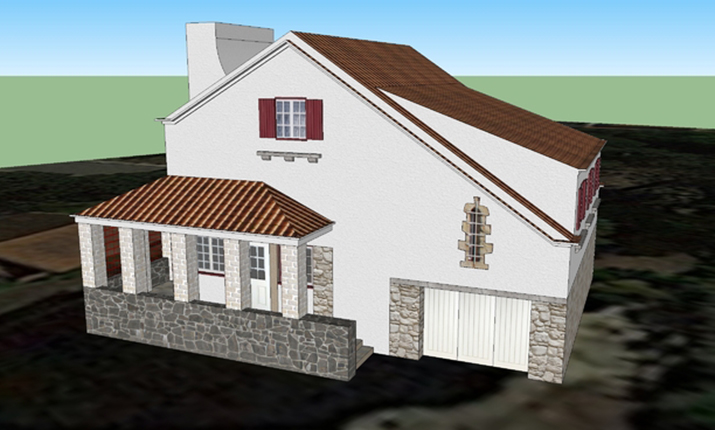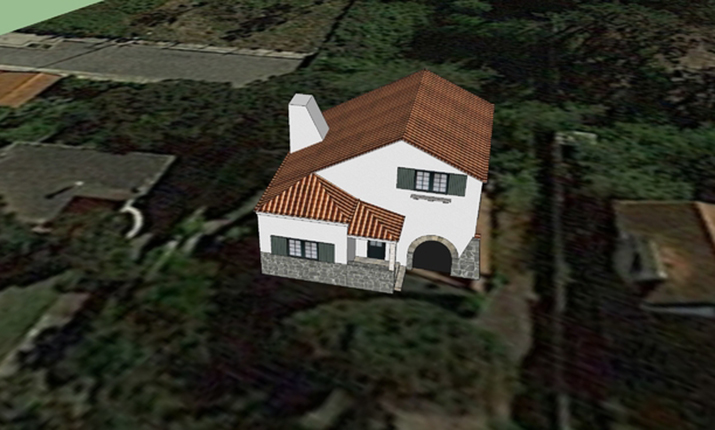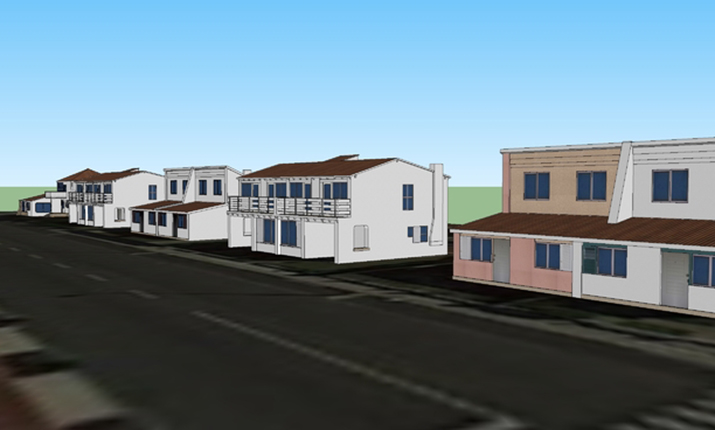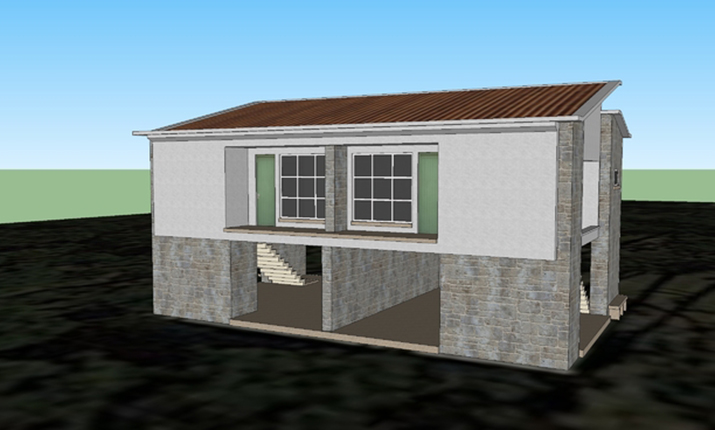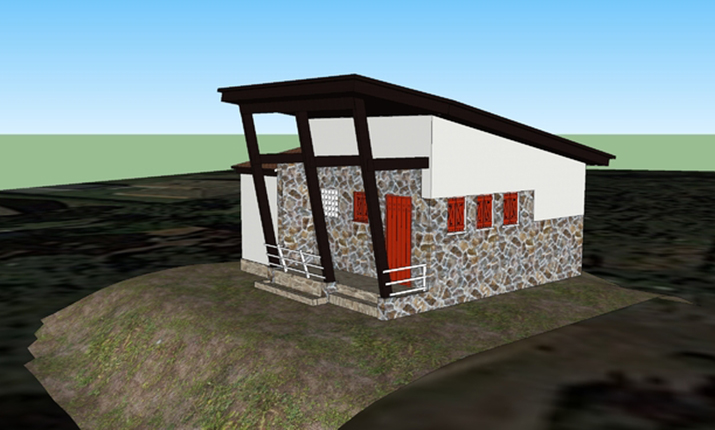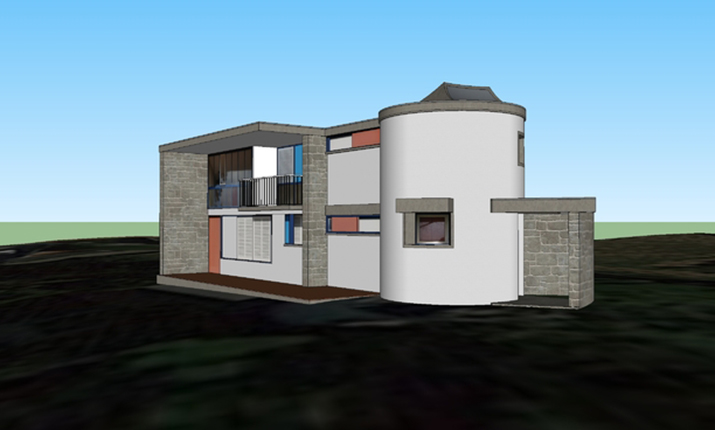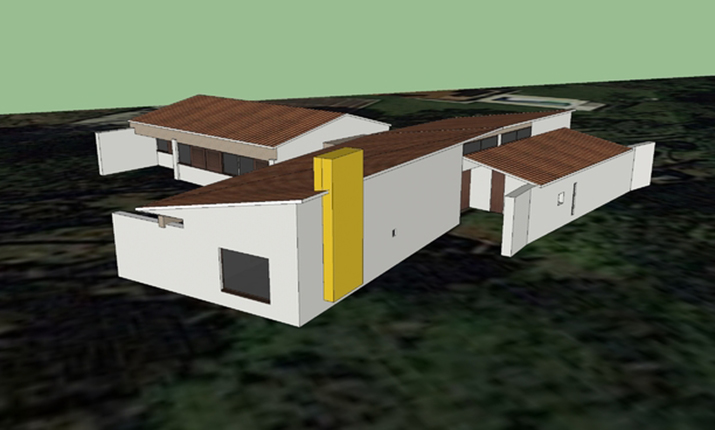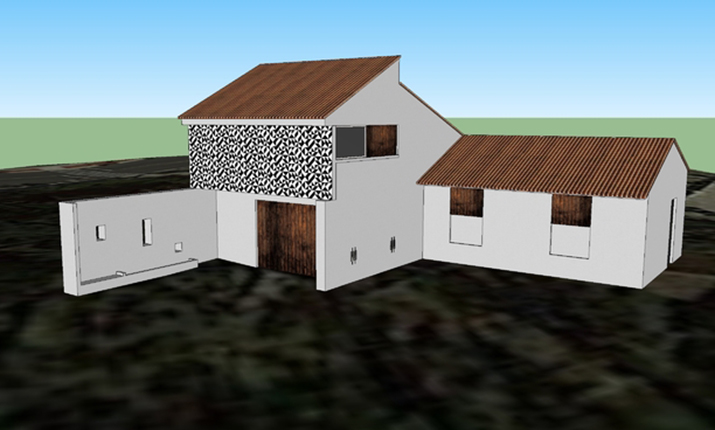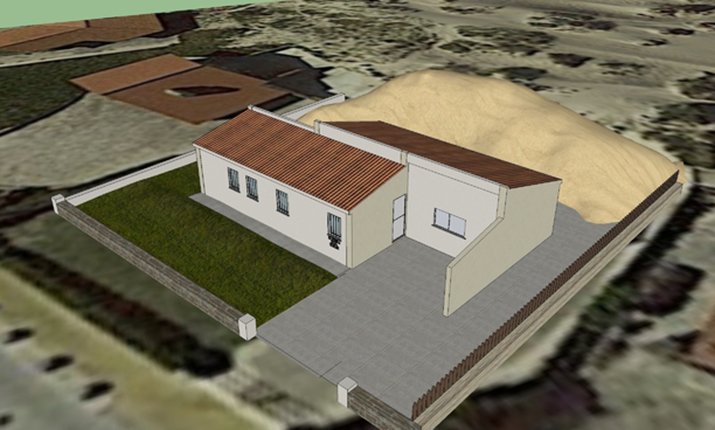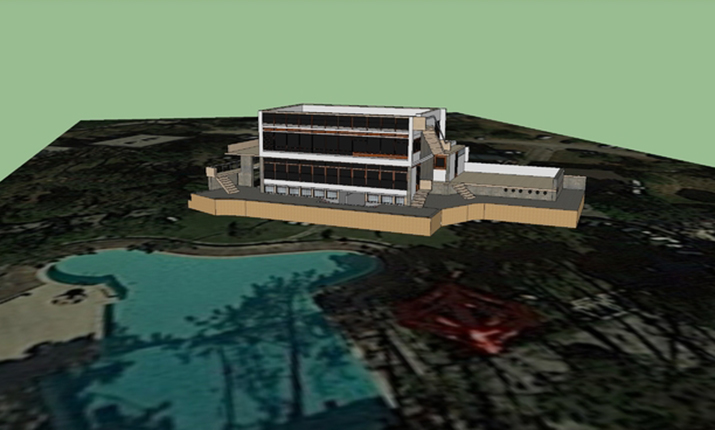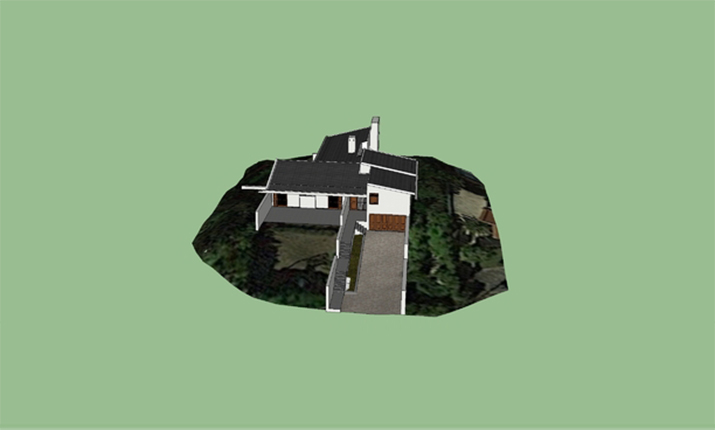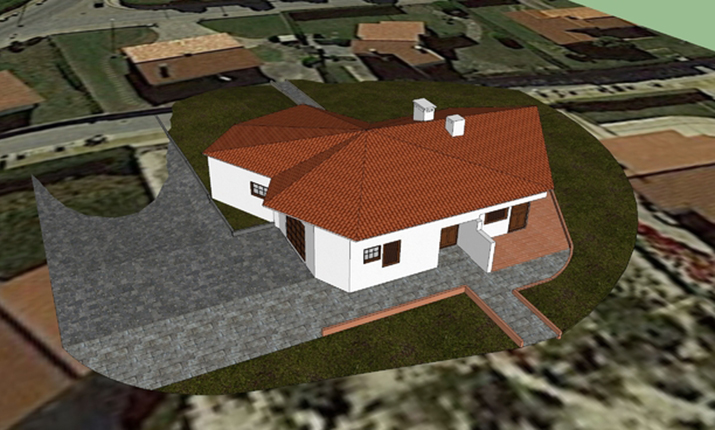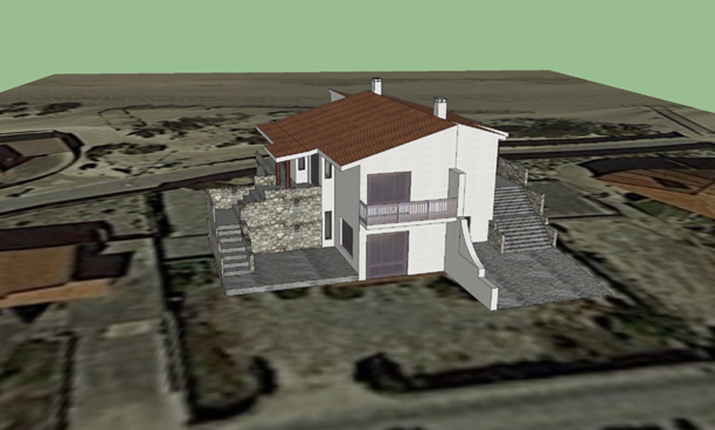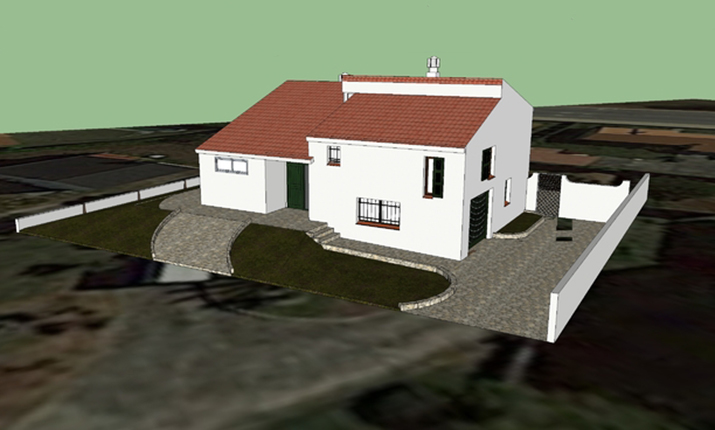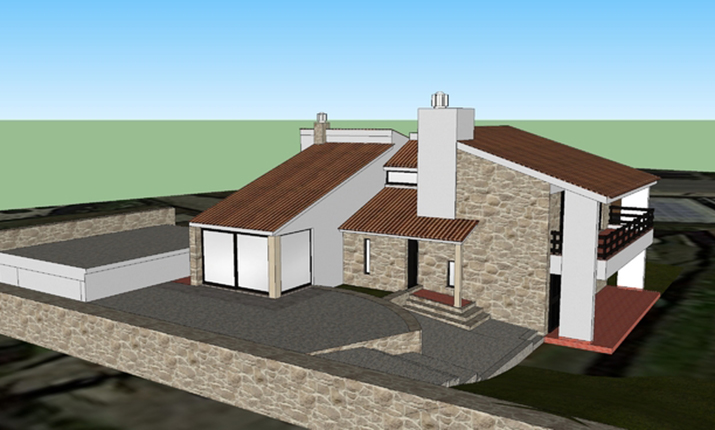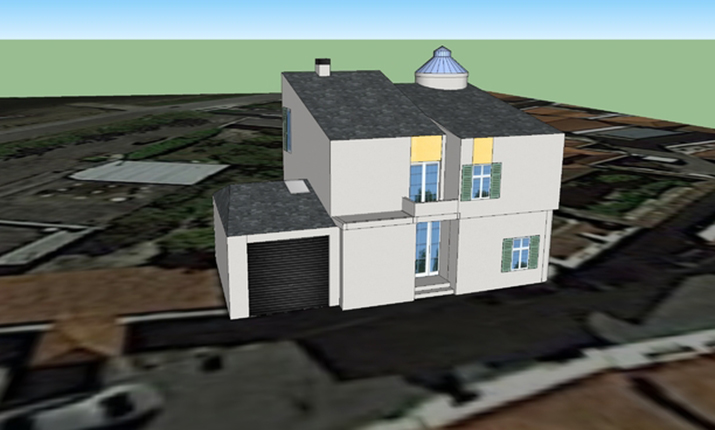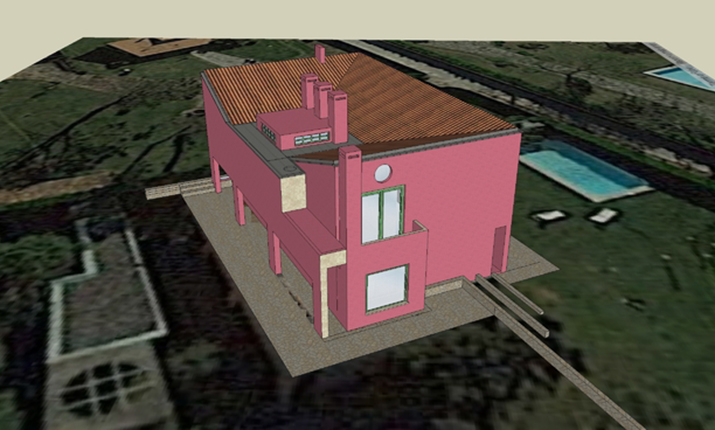Modernist Architecture Tour
The proposed trip is temporally located between the '40s and '70s of the twentieth century. The horizon, Esposende landscape has the benefit or even the attribute of being embellished by the essence of “MOMENTS” of architecture, such as a mottled field of poppies that is bestowed upon us in the spring. And since architecture is a receiver, filter, drain of influence from the society that intercepts, in Esposende, the perfect formula is produced between man and nature.
In order to understand the isolated manifestations of architecture in the Municipality of Esposende, it is important to learn some determining phases of the history of Portuguese architecture.
Therefore, we describe three of the passages of architectural chronicle that marked Portuguese society, which declared themselves in the architecture of the state and that appear in this circuit:
- During the period of the new state, Portuguese architecture was influenced by Raul Lino (1879/1974), an architect who defended the essence of the Portuguese house and an ideologue of “mild Portuguese”. The character of this movement combined elements of 16th / 17th century Manueline architecture and early 18th-century architecture, combining elements of Portuguese folk architecture adjusted to each province from north to south. (house 1 and 2)
- Intercepted by the previous action of Portuguese architecture, a generation of newly graduated or undergraduate architects appears to be interfered with by the European modernist movement born between the two World Wars. This process will inspire young Portuguese architects who will produce works formally assumed and devoid of the eclectic or classicizing elements of the past. (buildings, 3, 4, 5, 6, 8 and 11)
- The friction between the two previous processes will cause some discomfort within Portuguese architecture. There are apologists from the past, associated with the muscular political system and, on the opposite side, the new generation of architects who are able to persuade the first to conduct an inquiry into Portuguese popular architecture. The national survey was conducted and published in the early '60s. This work becomes a doctrinal document for the renaissance of Portuguese architecture. (houses 7, 9, 10, 12, 13, 14, 15, 16, 17 and 18)
Today, these three “MOMENTS” are expressed in a unique landscape where green, water and light embraces us and gives continuity, hiding the secrets reserved to the watchful observer.
While doing the itinerary, we selected some loose words: feel, observe, move, analyze, meditate, evaluate, uncover, interact and still grasp the experience of spaces, their relationship with shapes, surface textures, light and color.
What does architecture give us? What emotions and sensations do these objects provoke? After seeing this heritage arouse new questions? We hope that all doubts about the relationships of images that the architecture was generating as it observed were clarified.
If you like, suggest visiting a friend.
THANKS
